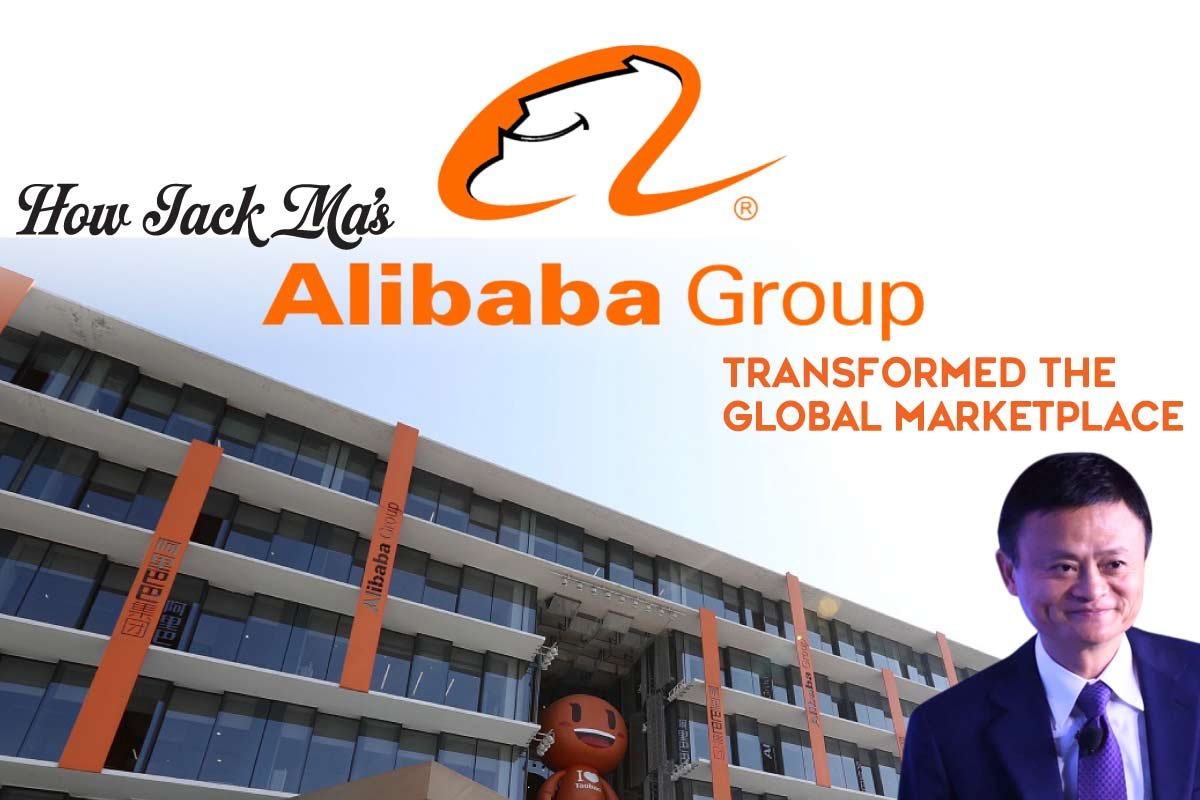Huawei Technologies has evolved into one of the most influential and innovative technology companies globally. Founded in 1987 by Ren Zhengfei in Shenzhen, China, Huawei initially started as a small distributor of telephone exchange equipment. Since its inception, the company has expanded its reach, developed groundbreaking products, and become a leading player in the fields of telecommunications, consumer electronics, and information technology (IT).
Today, it is a household name, widely recognized for its smartphones, network infrastructure, and cutting-edge research and development (R&D). However, its rise to prominence has not been without controversy, facing a range of challenges in global markets due to security concerns and its association with the Chinese government. In this article, we will explore Huawei’s journey, its impact on the tech industry, its strategic goals, and the challenges it faces in the current geopolitical landscape.
Early Beginnings and Growth

Ren Zhengfei, a former engineer in the Chinese People’s Liberation Army, founded the company in 1987 with the goal of creating a Chinese telecommunications equipment company that could compete with international giants. Initially, the company operated by importing foreign technology and reselling it in China. However, Ren quickly realized that for Huawei to succeed, it would need to develop its own technology. In the 1990s, the company began investing heavily in research and development, establishing its own engineering teams and gradually reducing its reliance on foreign technology.
Huawei’s early breakthrough came with its focus on providing affordable telecom equipment to developing markets, including rural areas in China. This approach allowed the company to rapidly expand its customer base within China and eventually attract international clients. By the late 1990s, the company began to gain traction in foreign markets, particularly in Africa and Asia, by providing cost-effective solutions to telecom operators. The company’s offerings in wireless communication networks became especially popular.
Entry into Consumer Electronics
While Huawei initially gained recognition as a provider of telecom equipment, its diversification into consumer electronics marked a key turning point in the company’s trajectory. In 2003, the company launched its first mobile phone under its own brand, and by the early 2010s, it had become one of the world’s largest smartphone manufacturers. The company’s focus on innovation, high-quality products, and aggressive marketing strategies allowed Huawei to capture a significant share of the global smartphone market. In 2018, the company surpassed Apple to become the second-largest smartphone manufacturer in the world, behind only Samsung.
Huawei’s success in the smartphone industry is attributed to its strong emphasis on research and development, which enabled it to introduce cutting-edge features such as high-quality cameras, long-lasting batteries, and 5G-enabled devices. The company’s flagship smartphones, such as the Huawei P series and Mate series, became widely regarded for their premium design, advanced technology, and competitive pricing.
Telecommunications Leadership and 5G Innovation
While consumer electronics played a vital role in its growth, the company’s roots lie in the telecommunications sector. Huawei has been a leader in the development of next-generation wireless technologies, particularly 5G. Over the past decade, the company has invested heavily in research and development to position itself as the leading provider of 5G network equipment.
The company’s 5G technology is considered by many to be the most advanced in the industry, offering faster speeds, lower latency, and greater connectivity compared to previous generations of wireless networks. Huawei’s equipment is used by numerous telecom operators around the world to build 5G networks, including in countries such as China, Germany, and the United Kingdom.
Huawei’s dominance in 5G technology has raised concerns among some governments, particularly the United States, which has accused the company of posing a national security threat. The U.S. government has alleged that Huawei’s ties to the Chinese government could allow the company to conduct espionage through its telecommunications infrastructure. As a result, the U.S. has implemented sanctions against the company, restricting its access to critical technologies, including Google’s Android operating system, which powers its smartphones.
Global Expansion and Controversies

As Huawei expanded its operations globally, it encountered significant resistance in certain countries, particularly in the West. The company’s growing presence in key markets raised alarms about cybersecurity and espionage risks, leading to calls for governments to restrict or ban Huawei’s equipment from critical infrastructure projects.
The United States has been the most vocal critic of the company, citing concerns over its potential to undermine national security. In 2018, the U.S. placed Huawei on a trade blacklist, effectively barring the company from purchasing American-made components, such as semiconductors and software. This move was followed by similar actions from other countries, including Australia, Canada, and the United Kingdom, which banned or restricted Huawei’s participation in their 5G networks.
In addition to the security concerns surrounding telecom equipment, the company has faced legal challenges related to allegations of intellectual property theft and corporate espionage. In 2019, Huawei’s Chief Financial Officer (CFO), Meng Wanzhou, was arrested in Canada at the request of U.S. authorities on charges related to sanctions violations. This incident sparked a diplomatic dispute between China, Canada, and the United States, further complicating international standing.
Resilience Amid Challenges
Despite facing intense scrutiny and legal battles, the company has demonstrated remarkable resilience. The company has adapted to the challenges imposed by U.S. sanctions and has managed to maintain its position as a global technology leader. In response to the U.S. ban, it accelerated its efforts to develop alternative technologies, such as its own mobile operating system, HarmonyOS, and its proprietary AppGallery app store, to replace the Google services that were no longer available on its smartphones.
Additionally, the company has focused on expanding its presence in emerging markets, where its products and services continue to be in high demand. The company has also diversified its business model by investing in cloud computing, artificial intelligence (AI), and enterprise solutions. Huawei’s growing presence in the enterprise IT sector is helping it reduce its reliance on the consumer market, which has been impacted by the loss of access to critical components like semiconductors.
Huawei’s commitment to innovation and research, and development remains one of its key strengths. The company continues to invest heavily in R&D, with a focus on next-generation technologies such as 6G, AI, and quantum computing. The company is also exploring new business opportunities in industries such as smart cities, autonomous vehicles, and renewable energy.
Future Prospects and Strategic Goals

Looking ahead, Huawei has set ambitious goals to maintain its leadership position in the global technology landscape. The company’s strategic priorities include expanding its 5G infrastructure business, further developing its consumer electronics portfolio, and pursuing new opportunities in cloud computing and AI.
One of the company’s main objectives is to advance the deployment of 5G networks worldwide. The company is already a key player in 5G infrastructure and is expected to continue leading the development of this technology, which will enable faster internet speeds and the proliferation of the Internet of Things (IoT).
In the consumer electronics space, Huawei will likely continue to innovate and diversify its product offerings. The company is expected to expand its line of smartphones, smartwatches, tablets, and other connected devices, while focusing on integrating AI and 5G technologies into its products.
Huawei’s future also depends on its ability to navigate the complex geopolitical environment and address concerns about cybersecurity and privacy. The company has worked to reassure governments and consumers about the security of its products, but its relationship with the Chinese government will continue to be a source of controversy in global markets.
Conclusion
Huawei’s journey from a small Chinese telecom distributor to a global technology giant is a testament to the company’s ambition, innovation, and strategic foresight. Despite facing significant challenges, particularly in its dealings with Western governments, the company remains a powerful force in the global tech industry.
With its strong focus on R&D, a diversified portfolio, and ambitious goals for the future, the company is well-positioned to remain at the forefront of technological advancement. However, the company’s ability to navigate the geopolitical landscape and address security concerns will determine its long-term success and influence on the global stage. As the world continues to shift towards 5G, AI, and the IoT, Huawei’s role in shaping the future of technology will remain critical, albeit highly contentious.


















